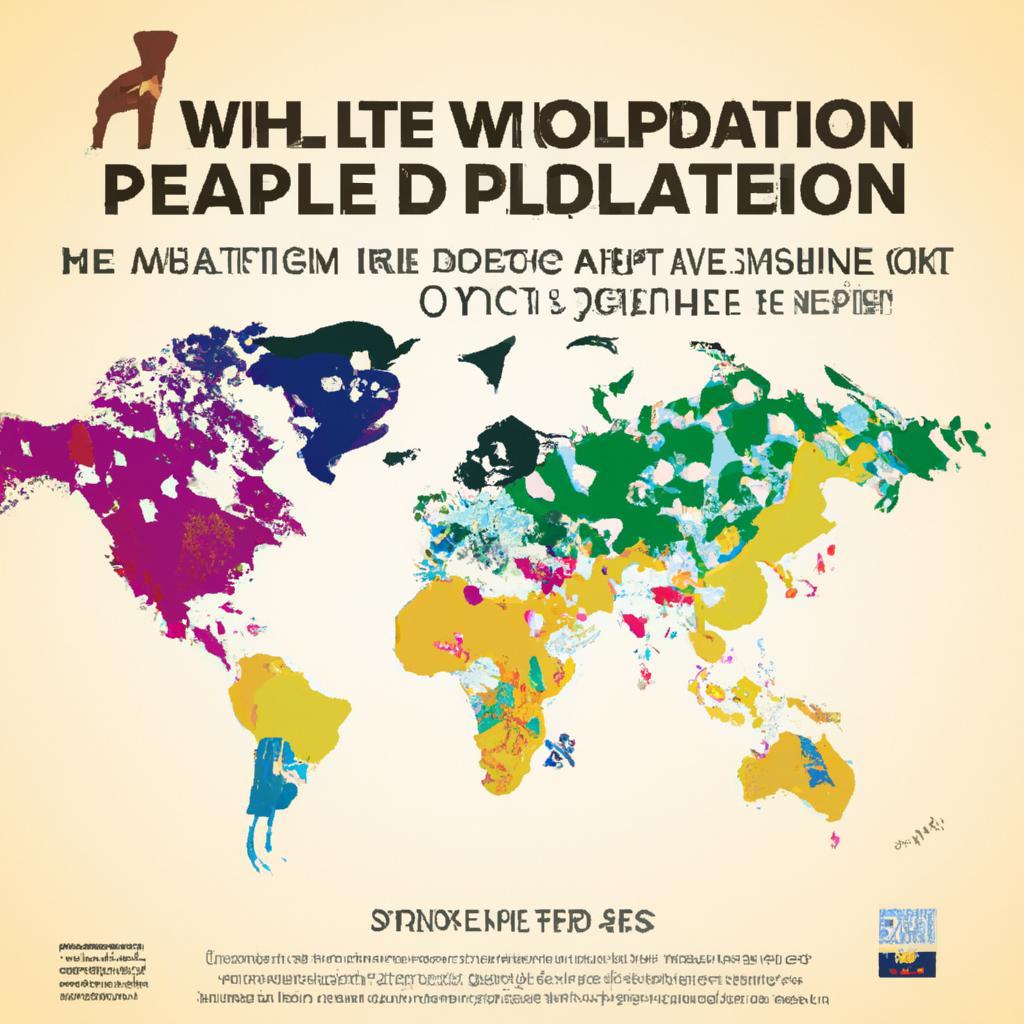In the bustling heart of a city, a golden retriever named Max became a local legend. Every morning, he greeted joggers, played with children, and brought smiles to everyone he met. His friendly demeanor and unwavering loyalty showcased the essence of his breed. Golden retrievers, with their playful spirit and gentle nature, have captured the hearts of many, making them one of the most popular dog breeds worldwide. If you’re considering a furry companion, join the countless families who have embraced the joy of a golden retriever. They truly are a breed apart!
Contents
- Understanding the Factors Behind Dog Breed Popularity
- Exploring the Characteristics of the Most Popular Dog Breed
- The Impact of Lifestyle on Dog Breed Selection
- Making an Informed Choice: Recommendations for Potential Dog Owners
- Q&A
Understanding the Factors Behind Dog Breed Popularity
When exploring the landscape of canine companionship, several factors contribute to the popularity of specific dog breeds. **Cultural influences** play a significant role; certain breeds become trendy due to their appearances in movies, television shows, or even social media. For instance, the rise of the French Bulldog can be attributed to its frequent appearances alongside celebrities, making it a fashionable choice for many dog owners. As these breeds gain visibility, their desirability often skyrockets, leading to increased demand and ownership.
Another critical factor is **lifestyle compatibility**. Different breeds cater to various lifestyles, and potential dog owners often seek breeds that align with their daily routines and living situations. For example, active individuals may gravitate towards breeds like Labrador Retrievers or Border Collies, known for their energy and need for exercise. Conversely, those living in smaller spaces may prefer smaller breeds such as Dachshunds or Pugs, which require less room to thrive. This alignment between breed characteristics and owner lifestyles significantly influences breed popularity.
**Temperament** also plays a pivotal role in determining which breeds become household favorites. Breeds that are known for their friendly, loyal, and trainable nature tend to attract more owners. For instance, Golden Retrievers are celebrated for their gentle disposition and intelligence, making them ideal family pets. The perception of a breed’s temperament can lead to a ripple effect, where positive experiences shared by owners encourage others to consider the same breed, further boosting its popularity.
Lastly, **availability and breeding practices** can impact which breeds dominate the population. Breeds that are more readily available through reputable breeders or rescue organizations tend to see higher ownership rates. Additionally, the rise of ethical breeding practices has led to a greater emphasis on health and temperament, making certain breeds more appealing to prospective owners. As awareness of responsible breeding grows, so does the popularity of breeds that are not only charming but also healthy and well-adjusted.
Exploring the Characteristics of the Most Popular Dog Breed
When it comes to the most popular dog breed, several defining characteristics set them apart from the rest. These dogs are often celebrated for their **friendly demeanor**, making them ideal companions for families and individuals alike. Their sociable nature allows them to thrive in various environments, from bustling urban settings to serene suburban neighborhoods. This adaptability is a key factor in their widespread appeal, as they can easily integrate into different lifestyles and living situations.
Another notable trait of this breed is their **intelligence and trainability**. They are quick learners, which not only makes training sessions enjoyable but also fosters a strong bond between the dog and its owner. This breed excels in obedience training and can master a variety of commands and tricks, making them a favorite among dog enthusiasts. Their eagerness to please and ability to understand human cues further enhance their reputation as a top choice for both novice and experienced dog owners.
In addition to their personality and intelligence, the breed is often recognized for its **physical attributes**. With a well-proportioned body, expressive eyes, and a coat that varies in color and texture, they are visually appealing to many. Their size typically falls within a range that makes them manageable for most households, striking a perfect balance between being large enough to be robust and small enough to be easily handled. This combination of looks and temperament contributes significantly to their popularity.
Lastly, the breed’s **health and longevity** play a crucial role in their desirability. Many of these dogs are known for their resilience and relatively low incidence of genetic health issues, which can be a concern for potential pet owners. Their robust nature means they can enjoy a long, active life, providing companionship and joy to their families for many years. This reliability in health, paired with their engaging personality, solidifies their status as the most beloved dog breed among pet lovers worldwide.
The Impact of Lifestyle on Dog Breed Selection
When considering which dog breed to welcome into your home, it’s essential to reflect on your lifestyle and how it aligns with the characteristics of various breeds. Different breeds come with unique needs, temperaments, and energy levels that can significantly influence your experience as a dog owner. For instance, active individuals or families may thrive with high-energy breeds that require ample exercise and mental stimulation, while those with a more sedentary lifestyle might find companionship in breeds that are content with less physical activity.
Moreover, the size of your living space plays a crucial role in breed selection. Larger breeds often need more room to roam and play, making them better suited for homes with spacious yards. In contrast, smaller breeds can adapt well to apartment living, provided they receive regular walks and playtime. Understanding your living situation can help you choose a breed that will feel comfortable and happy in your environment.
Additionally, consider your daily schedule and the amount of time you can dedicate to training and socialization. Some breeds are more independent and can tolerate being alone for longer periods, while others thrive on companionship and may develop separation anxiety if left alone too often. By evaluating your availability and commitment to training, you can select a breed that aligns with your lifestyle, ensuring a harmonious relationship.
it’s important to think about your family dynamics and any existing pets. Some breeds are known for their friendliness and adaptability, making them excellent choices for families with children or other animals. Others may have a more reserved nature or strong prey drives, which could lead to challenges in multi-pet households. By carefully considering these factors, you can make an informed decision that not only enhances your life but also ensures the well-being of your future furry companion.
Making an Informed Choice: Recommendations for Potential Dog Owners
Choosing the right dog breed is a significant decision that can impact your lifestyle, home environment, and overall happiness. Before making a commitment, it’s essential to consider various factors that align with your personal circumstances. **Researching breed characteristics** is crucial; understanding the temperament, energy levels, and grooming needs of different breeds will help you find a match that suits your lifestyle. For instance, if you lead an active life, a high-energy breed like a Labrador Retriever or Border Collie may be ideal. Conversely, if you prefer a more laid-back routine, consider breeds like the Bulldog or Basset Hound.
Another vital aspect to consider is **the size of the dog**. Larger breeds often require more space and may not be suitable for apartment living, while smaller breeds can adapt well to confined spaces. Think about your living situation and whether you have a yard or access to outdoor areas for exercise. Additionally, consider the breed’s potential health issues; some breeds are predisposed to certain conditions, which can lead to higher veterinary costs. Researching these aspects will help you make a more informed decision.
It’s also important to evaluate your **time commitment**. Dogs require daily exercise, training, and socialization, which can vary significantly between breeds. Some breeds thrive on companionship and may suffer from separation anxiety if left alone for long periods. If you have a busy schedule, consider breeds that are more independent or those that require less intensive training. Understanding the time and effort needed for each breed will ensure that you can provide the care and attention your new pet deserves.
Lastly, consider **adoption options**. Many breeds, including popular ones, are available for adoption through shelters and rescue organizations. Not only does adopting a dog give a loving home to an animal in need, but it can also be a more affordable option compared to purchasing from breeders. Additionally, many shelters can provide insights into the dog’s behavior and needs, helping you make a more informed choice. By exploring all avenues, you can find a dog that fits seamlessly into your life while also contributing positively to the community.
Q&A
-
Which dog breed has the highest population worldwide?
The Labrador Retriever consistently ranks as the most popular dog breed globally. Its friendly nature, intelligence, and versatility make it a favorite among families and individuals alike.
-
What factors contribute to the popularity of certain dog breeds?
Several factors influence a breed’s popularity, including temperament, trainability, and adaptability to various living situations. Breeds that are good with children and other pets tend to have higher populations.
-
Are popular dog breeds more prone to health issues?
While popularity can sometimes lead to overbreeding, which may increase the risk of genetic health issues, responsible breeding practices can mitigate these risks. Always research breeders and prioritize health screenings.
-
How can I choose the right breed for my lifestyle?
Consider your living situation, activity level, and family dynamics when selecting a breed. Consulting with breeders or shelters can provide valuable insights into which breed may best suit your lifestyle.
understanding which dog breed holds the highest population not only informs potential pet owners but also highlights the enduring bond between humans and their canine companions. Choose wisely, and enrich your life with the perfect furry friend.

大家好,我是彼得潘,專業的手法身體治療師。我喜歡探索和研究各種主題,並透過與人工智慧的合作分享專業、實用、有趣的文章。我們定期進行人工審核,以確保內容的準確性。如果您發現文章中有任何不準確的地方,請隨時與我們聯繫,我們會及時糾正。您可以透過 [email protected] 與我們聯繫。



